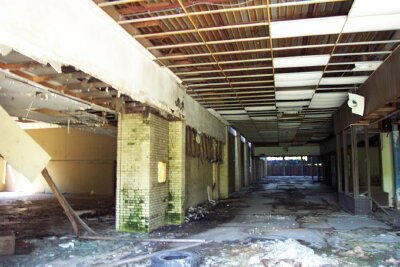Idea for the future: Ruralization
Navigate to image Eco-Unit:
This settlement type would result in nutrient flow localization and reduced energy consumption since the vast majority of the agricultural production would be consumed where it was produced, resulting in no transportation energy expenditures and little need for industrial scale agriculture, since the local fields are sustaining around two hundred, not a global market place. Community Solution put forward a similar idea called Agraria. Though their description does not identify a target population, it appears to be similar in scale to what Gunther proposes.

These ideas are not only sound, they may represent the only way to maintain some semblance of civilization as available energy decreases. As discussed here in the “Our Agriculture Future” posting and in full detail elsewhere on the Internet, Industrialized Agriculture is not a sustainable enterprise. It is heavily dependent on vast quantities of energy to turn crops into food and results in a linear flow in nutrients from the fields to the cities. The further away those cities are from their food supplies, the worse the energy and nutrient equations will be. By depopulating the large urban areas and increasing the number of self-sufficient rural settlements, we can significantly reduce the amount of energy required to sustain our existence. With intelligent planning, these rural settlements could be arranged on existing or newly constructed transportation links, permitting easy travel between the individual communities and the remainder of the urban area. The urban area itself would be made over, incorporating areas within the former city for agricultural production for its own needs.
The cities would not need to be completely depopulated. They could retain some of their administrative, manufacturing, and cultural applications. Furthermore, with cutting of the global supply lines, the urban area can provide two additional valuable functions: become a point of production for a renewed manufacturing base and a source of raw materials. New (and revitalized) manufacturing operations can located in any number of these remnant urban areas in shells of abandoned big box chains, malls or warehouses. The manufacturing processes utilized would not resemble anything like what we are familiar with today; they would be small-scale, labor-intensive and local market responsive (producing ONLY what is locally needed). Trade between the urban area and the surrounding settlements could occur, with the settlements supplying extra food, fiber and biomass crops (for ethanol, biodiesel or methane production) for use in manufacturing in exchange while the urban area would supply finished goods. Of course, those houses, roads, dumps and commercial establishments that were abandoned or rendered economically useless by declining energy could be scavenged for metals, glass and plastics for eventual reuse. In the grand scheme of things, this is not an entirely bad position to be in. Significant energy had long been expended to form that glass window, create that aluminum can or build that store. Recycling requires less energy than fashioning the same product out of virgin materials.
Gunther envisions change slowly over the period of about fifty years, whereby residences and business are slowly abandoned and converted to parkland or put directly into agricultural production. Fifty years is a long time to transition to a low energy lifestyle, perhaps too long. With all of the financial, energy and agricultural crisis looming just five to ten years out we may not have a half a century to transition. Consequently if we are to maintain some urban (small-town) elements of civilization, we need to proceed to building these agrarian settlements as soon as possible. This would require a whole ideological change of mind on part of local governments and the local populace, to allow this to happen. Ideally, ruralization would be implemented at the county, borough, or parish level to better create the proper ratios and relationship between the soon to be depopulated city and the newly formed agrarian settlements.
It is unlikely most county governments would go for this plan prior to any sign of trouble, so provisions need to be made to implement this and other civilization-survival techniques as soon as the first wave of crisis occur. Educate. Prepare. Implement. Survive. Follow that and we may still have a chance.




